If you have cats at home, you probably know how much they love rolling in, sniffing, and nibbling on catnip. But did you know there’s more than one type of catnip? While all belong to the Nepeta genus, these plants come in a variety of sizes, colors, and strengths — some are especially fragrant, while others offer beautiful blooms perfect for garden borders. Let’s explore 8 catnip plants your feline friends will adore while adding charm to your garden.

1. Common Catnip (Nepeta cataria)
The classic and most famous variety, Common Catnip, is the go-to choice for both cat lovers and herbal gardeners. Its soft, gray-green leaves release a minty, aromatic scent that drives most cats wild. Small clusters of white or pale lavender flowers bloom in mid-summer, attracting pollinators like bees and butterflies. This hardy perennial is drought-tolerant and grows well in full sun to partial shade. Besides its appeal to felines, Common Catnip can be used in herbal teas for its calming, medicinal properties.
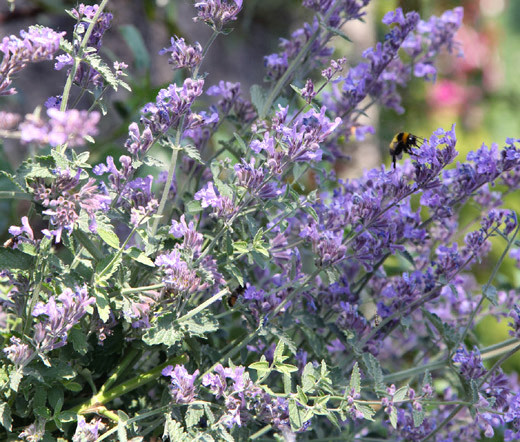
2. Lemon Catnip (Nepeta cataria var. citriodora)
For a citrusy twist on the classic, Lemon Catnip offers the same enticing effects for cats with an added lemon fragrance. Its delicate, soft green leaves and white flowers make it a pretty addition to herb gardens and patio containers. Cats love to roll in its leaves, and the plant’s refreshing scent makes it a popular choice for herbal teas and sachets. This variety grows well in full sun, prefers well-draining soil, and requires minimal care, making it a fantastic choice for cat-friendly gardens.

3. Faassen’s Catmint (Nepeta × faassenii)
While not as potent as Common Catnip, Faassen’s Catmint still holds a mild attraction for some cats and offers stunning visual appeal. Its silvery-green foliage and dense spikes of lavender-blue flowers bloom throughout summer, making it a favorite ornamental plant. This hardy perennial is drought-tolerant, deer-resistant, and perfect for borders and cottage gardens. It thrives in sunny spots and well-draining soil. Even if your cats don’t go crazy for it, Faassen’s Catmint adds graceful color and texture to any outdoor space.
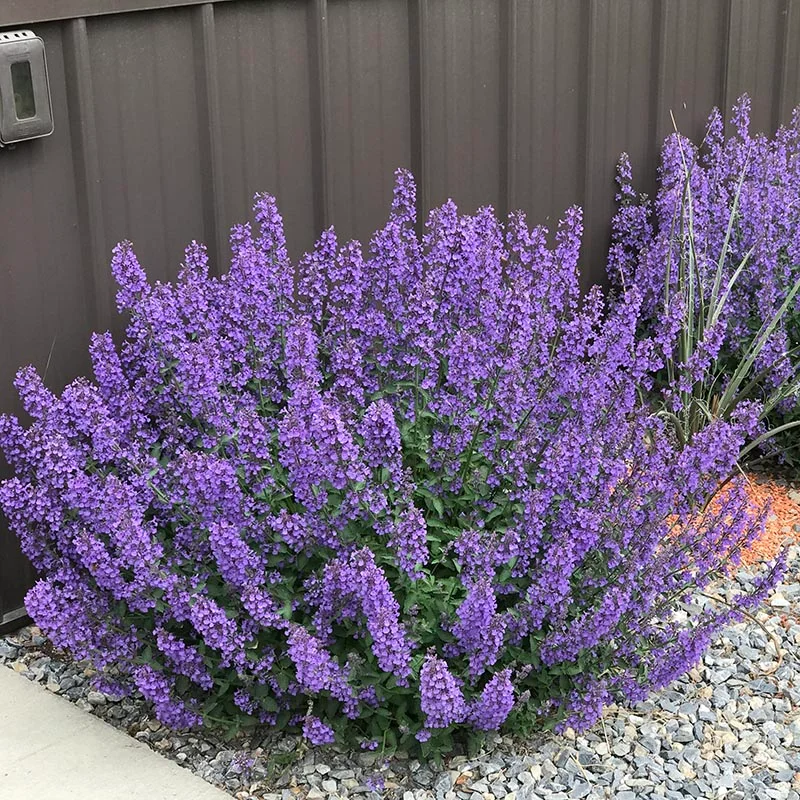
4. Walker’s Low Catmint (Nepeta racemosa ‘Walker’s Low’)
A compact, mounding variety, Walker’s Low Catmint features fragrant gray-green foliage and long-lasting blue-violet flowers. It blooms from late spring into early fall, attracting bees, butterflies, and occasionally your curious cat. While it’s a little milder in scent compared to Common Catnip, some felines still find it irresistible. This low-maintenance plant loves full sun and thrives in poor, well-draining soils. Its neat, tidy habit makes it a popular choice for edging walkways or adding pops of color in drought-tolerant gardens.
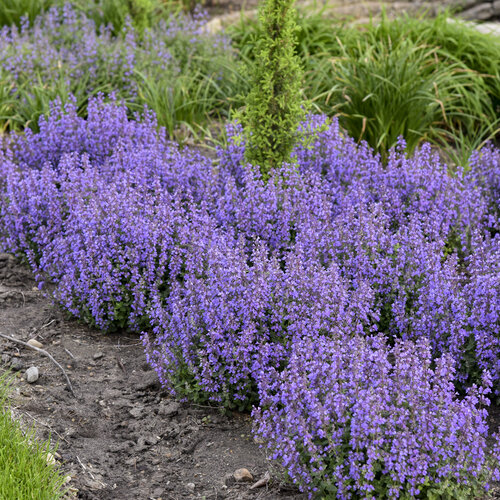
5. Cat’s Pajamas (Nepeta hybrid)
Cat’s Pajamas is a newer variety of catmint that’s quickly becoming a garden favorite. Its compact, bushy growth habit and deep blue-purple flowers make it both ornamental and pet-friendly. Blooming earlier than most other catmints, it keeps its color from spring into early fall. Cats enjoy rubbing against its aromatic foliage, though it has a slightly milder effect compared to Common Catnip. Ideal for containers, small garden borders, or rock gardens, this plant requires minimal water and flourishes in sunny, dry spots.
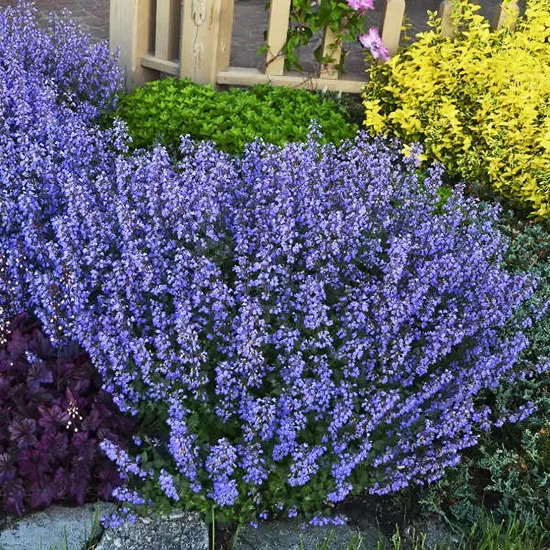
6. Blue Wonder Catmint (Nepeta racemosa ‘Blue Wonder’)
Blue Wonder Catmint is a charming, compact plant that offers both ornamental beauty and feline fun. It produces dense spikes of rich blue flowers from late spring to mid-summer, accompanied by fragrant foliage that’s mildly attractive to cats. Although not as intoxicating as traditional catnip, it’s often enjoyed by felines for rubbing and lounging. It’s drought-tolerant, deer-resistant, and grows best in full sun with well-drained soil. Use it in borders, mixed containers, or rock gardens for a splash of long-lasting color.
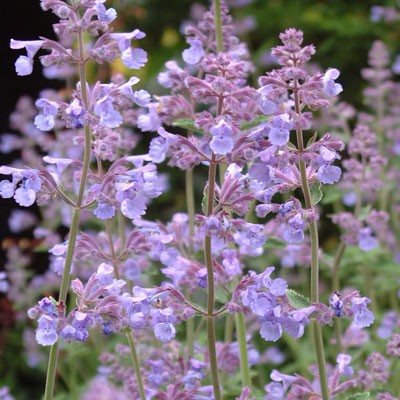
7. Six Hills Giant Catmint (Nepeta ‘Six Hills Giant’)
If you’re looking for a bigger, bolder option, Six Hills Giant delivers with towering spikes of lavender-blue flowers and fragrant gray-green foliage. Growing up to 3 feet tall, it’s perfect for the back of garden borders and large planting areas. While not as intensely aromatic as Common Catnip, its leaves still attract some cats who love to roll in its foliage. This vigorous plant thrives in full sun and tolerates poor, dry soils, making it a fuss-free addition to drought-tolerant and pollinator-friendly gardens.
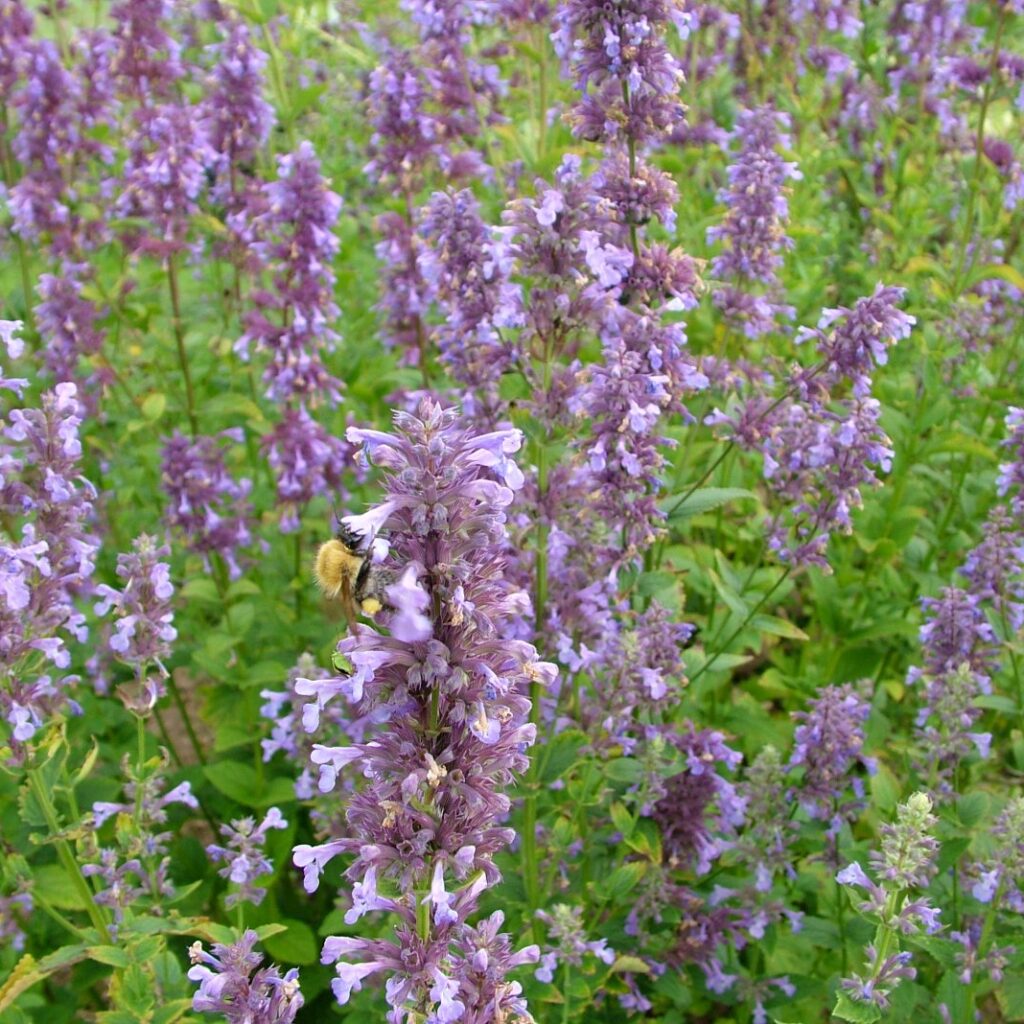
8. Greek Catnip (Nepeta parnassica)
Native to the mountainous regions of Greece, Greek Catnip is a unique variety that produces tall spikes of pinkish-lavender flowers and strongly aromatic leaves. This species tends to have a more intense scent than some other ornamental catmints, making it especially appealing to cats. It’s well-suited to Mediterranean and rock gardens, thriving in full sun and gritty, well-drained soil. Greek Catnip is a reliable, drought-tolerant perennial that brings texture, height, and plenty of feline fun to your outdoor space.
Final Thoughts
Whether you’re planting a backyard play space for your cats or looking to brighten your garden borders, these catnip varieties offer a mix of beauty, fragrance, and feline entertainment. From the classic Common Catnip to the elegant Six Hills Giant, there’s a catnip or catmint perfect for every garden style and pet personality. Plus, these hardy, drought-tolerant plants are easy to grow and maintain, making them a win for both you and your furry friends.
Would you like a guide on harvesting and drying catnip leaves for homemade cat toys or herbal teas next? I’d be happy to help with that too!

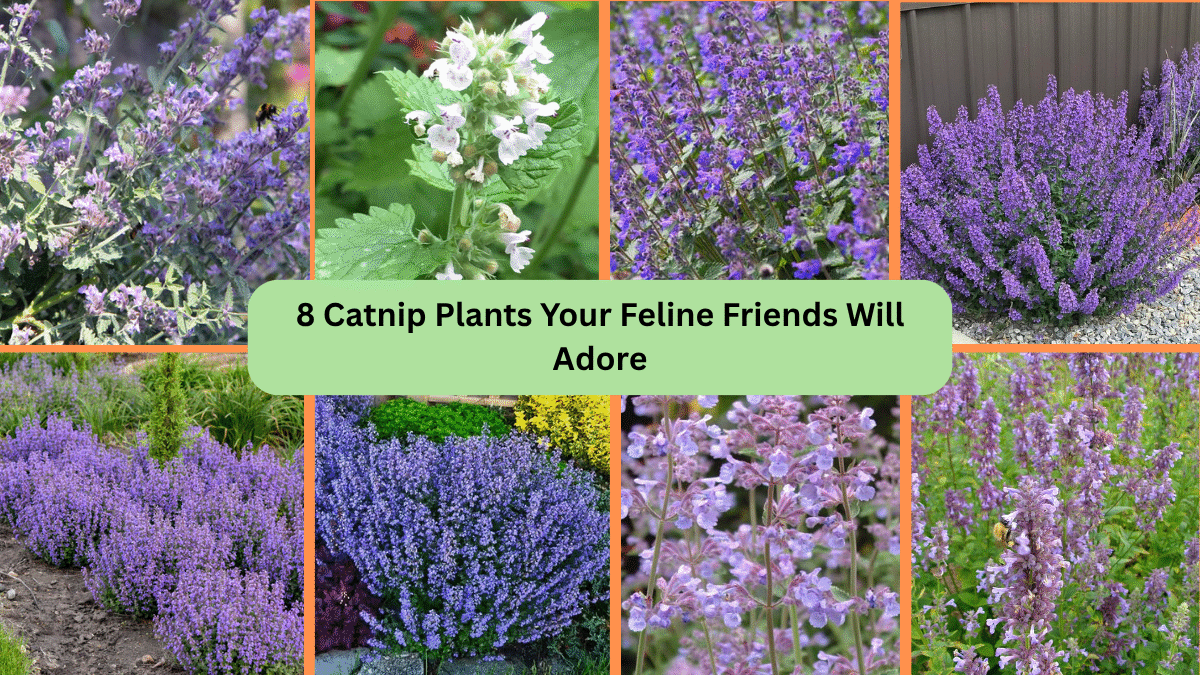



Leave A Comment